Introduction
The first prototype of the 75 APO Summicron SL arrived in January 2017.
I had several copies of that lens over the next year, during which time Leica refined the autofocus. But I have to say that the image quality never really needed much work.
ALL IMAGES IN THIS ARTICLE WERE TAKEN WITH THE NEW 35MM APO-SUMMICRON-SL



The lens was announced finally in January 2018. I tried to be sensible and resist, but after a couple of months (and some anguish as to whether to buy the 75 or the 90) I cracked and at the end of March I bought my own copy of the seventy-five
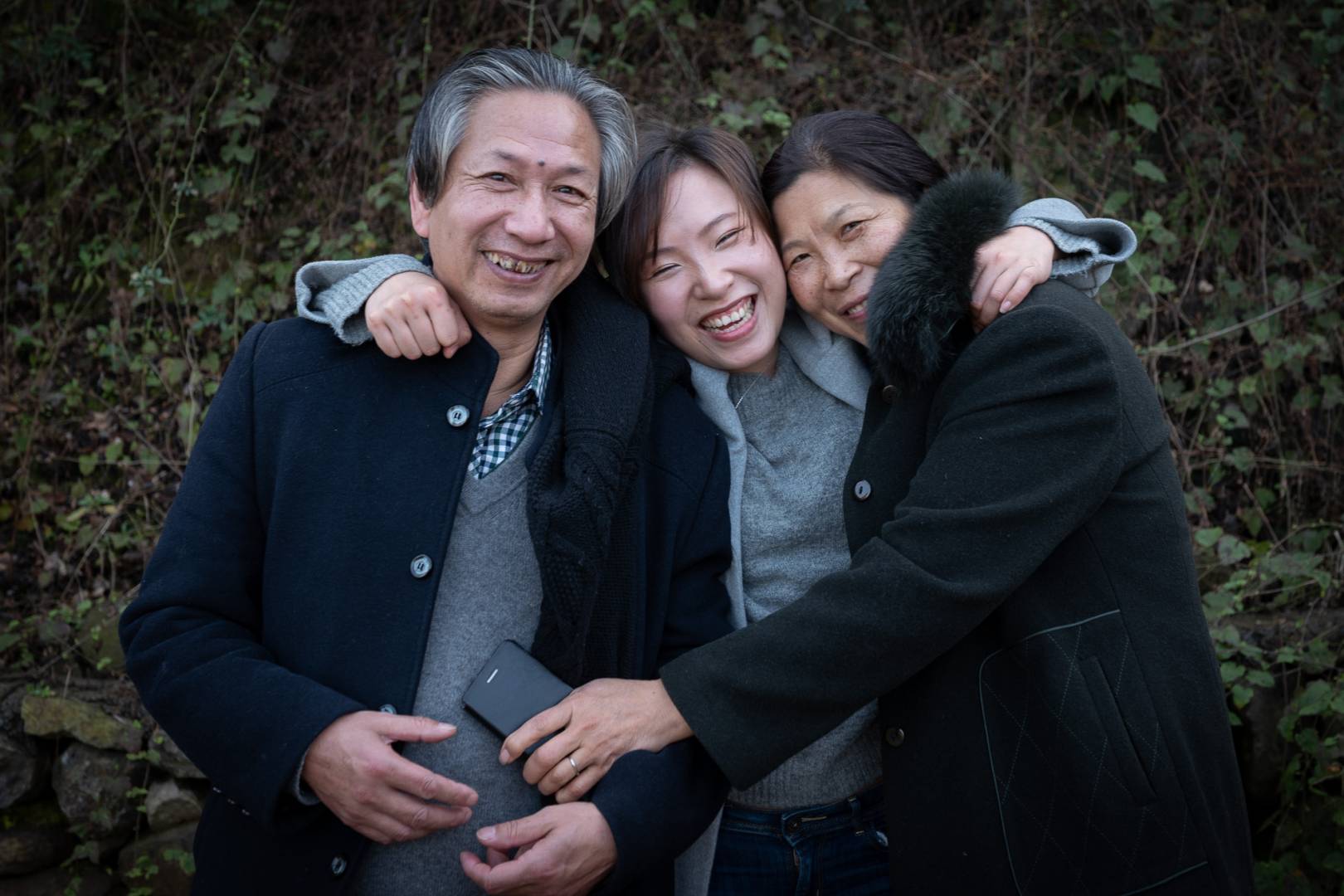
Since then I’ve used it for weddings and events, food, nature and street, and especially for portrait work. It has never failed me and the results have always been splendid.

In my opinion it was technically the best lens I had ever tested, although it is perhaps now exceeded by the new 35mm, More than that, it still manages to have real character.

I haven’t written about the 75 APO-Summicron as it somehow never seemed to be the right moment. My job here is to write about the newly announced 35mm APO-Summicron-SL. Yet everything I say here is also relevant to the previous 75 and 90mm lenses, and I’m sure will also be relevant to the upcoming 50mm (and the wide angles).
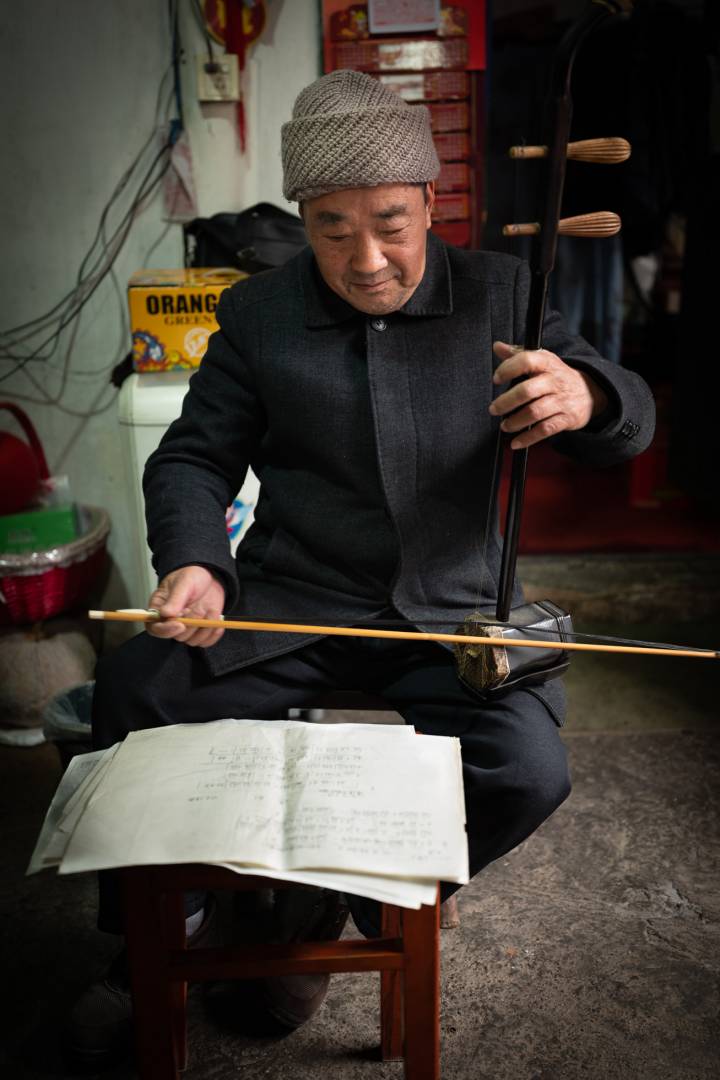
Apochromatic Lenses
An Apochromat, or apochromatic lens (APO) is a photographic or other lens that has better correction for chromatic and spherical aberration.

Leica has been making APO lenses for some time. As far as I can gather the first of these were the Elcan R APO series in 1965, designed by Walter Mandler for the US Military. Only 25 of each focal length were produced. The first publicly available APO lens was the APO-TELYT-R 180mm f/3.4 from 1975 which was in production until 1998.

There were various telephoto lenses in the 70s and 80s, culminating in the APO Summicron R 180 in 1994 (with which Peter Karbe was involved) and the APO Summicron M 90 in 1998.

Peter Karbe wanted to apply the technology to normal focal length lenses, and the first two of these were the 50mm Summilux-M Asph (which actually has APO characteristics) in 2004 and the 75mm APO Summicron-M in 2005.

A 16-year project to make a perfect 50mm lens came to fruition in 2012 when the 50mm APO Summicron-M was produced. This lens was a Summicron rather than a Summilux (f/2 rather than f/1.4) because it’s easier to make slower lenses to a higher quality (and of course in a smaller overall size as well).

Large Fast Lenses
Since the maturity of digital imaging, and especially with the very high resolution modern sensors, lens sizes seem to have increased exponentially. One only has to think of the Zeiss Otus and the Leica 75mm Noctilux-M.
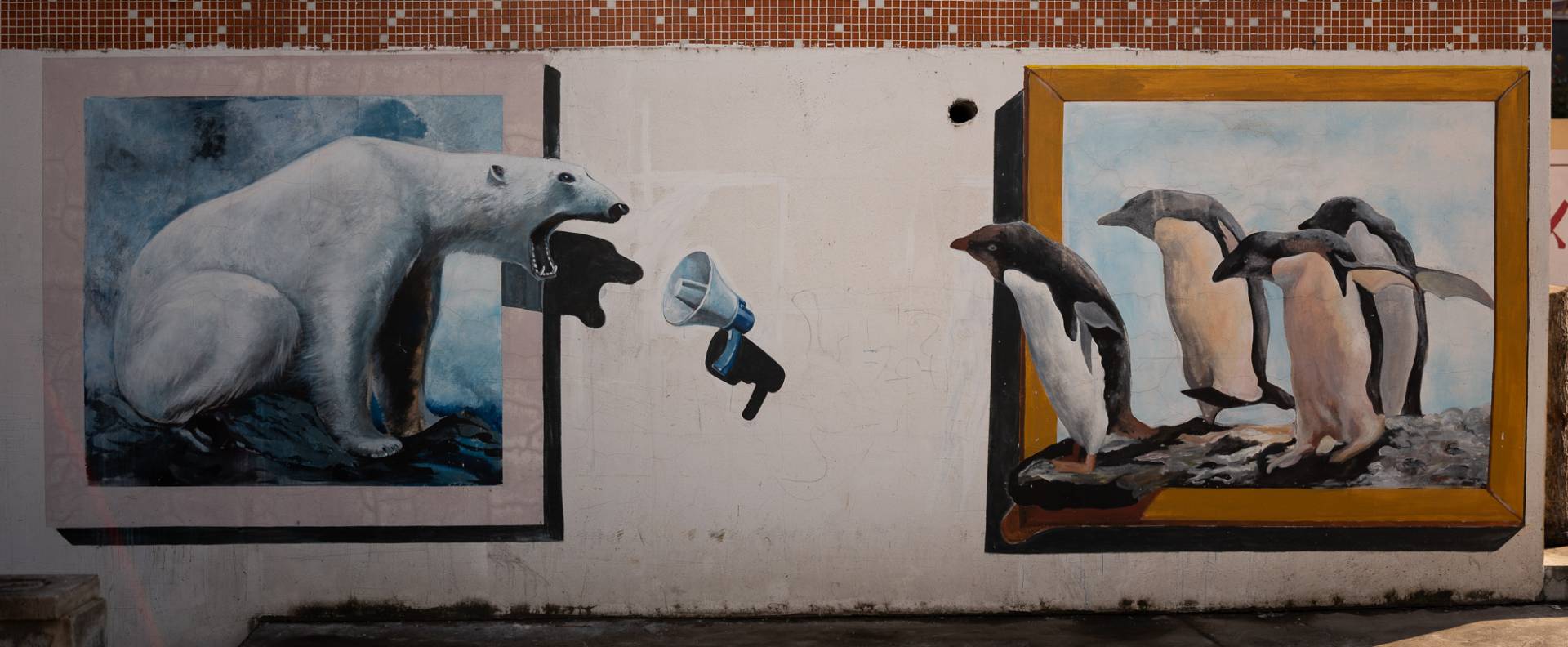
If you also need autofocus then, as the elements get bigger the motors needed for autofocus get bigger as well. The Leica 50mm f/1.4 Summilux SL is a case in point.

So the concept of a range of incredibly high-quality Summicron lenses for the L mount was born. The 75mm and the 90mm were released early in 2018

APO Lenses, Contrast and Depth of Field
The almost zero aberrations (especially chromatic aberrations) in the new Summicron SL lenses means a big increase in contrast where the image is in focus. As you move away from the point of perfect focus, the contrast drops sharply.


This means that the transition between ‘sharp’ and ‘bokeh’ is defined more quickly and results in smoother out-of-focus areas than in conventional lenses. I have a diagram drawn for me by Peter Karbe in my notebook, but here is the graph from the Leica website comparing the APO Summicron SL 75 with the Summilux M 75.
The result of this is not just that the 75 APO SL is sharper (it certainly is), but that it has apparently the same DOF as the 75 Summilux-M.
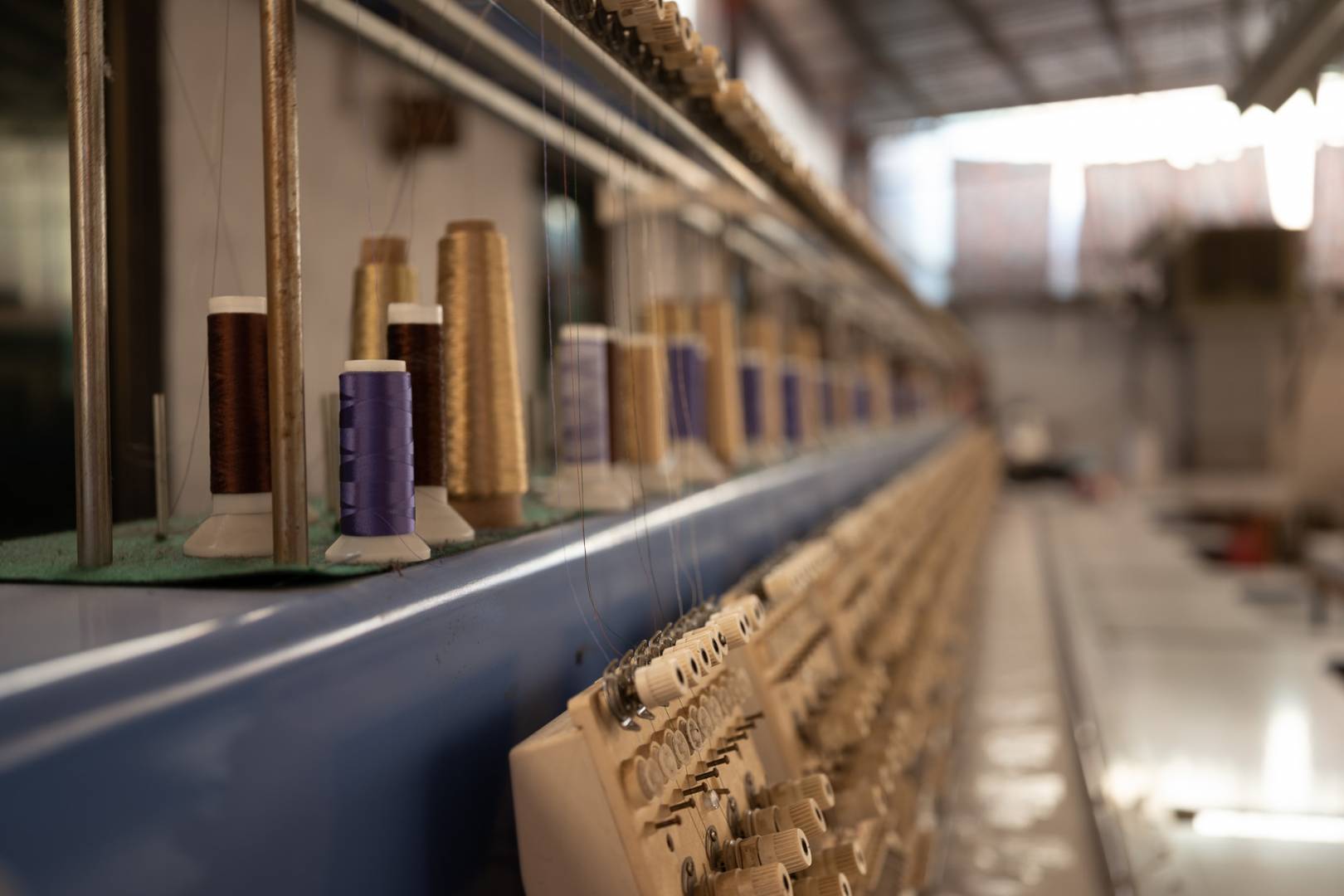
So we have a series of modestly sized autofocus lenses for the L-Mount which perform better than their aspherical competitors and without any depth-of-field disadvantage. Of course, they gather less light, but that isn’t often a problem with modern sensors.


Currently, the 75 and 90 Summicrons are available. The 35 will be shipping in the next week or so and the 50 will be shipping later in 2019. The wider angle lenses are promised for 2020.

The APO-Summicron-SL 35 f/2 Asph
This brings us nicely to the new 35mm Summicron. It has exactly the same form factor as the previous lenses (and the future ones as well).

It has the same dual synchro-drive motor which delivers fast and silent autofocus.
It focuses down to 0.3m giving a magnification ratio of 1:5 (which is the same as the 75 and 90 with their longer minimum focus distance).

In common with all the other lenses, it has an E67 filter thread and weighs a little over 700 grams, this means that it handles nicely on the Leica CL as well as on the SL. Build quality is exemplary (as it should be at this price). The lens is weather sealed to a high degree like all the other SL lenses.

I received my test copy towards the end of January this year, just before we headed off to China to celebrate the Chinese New Year with our son, his girlfriend and her parents — in a tea farmer’s family near Longjing. We stayed in a little hotel just on the edge of the West Lake in Hangzhou.
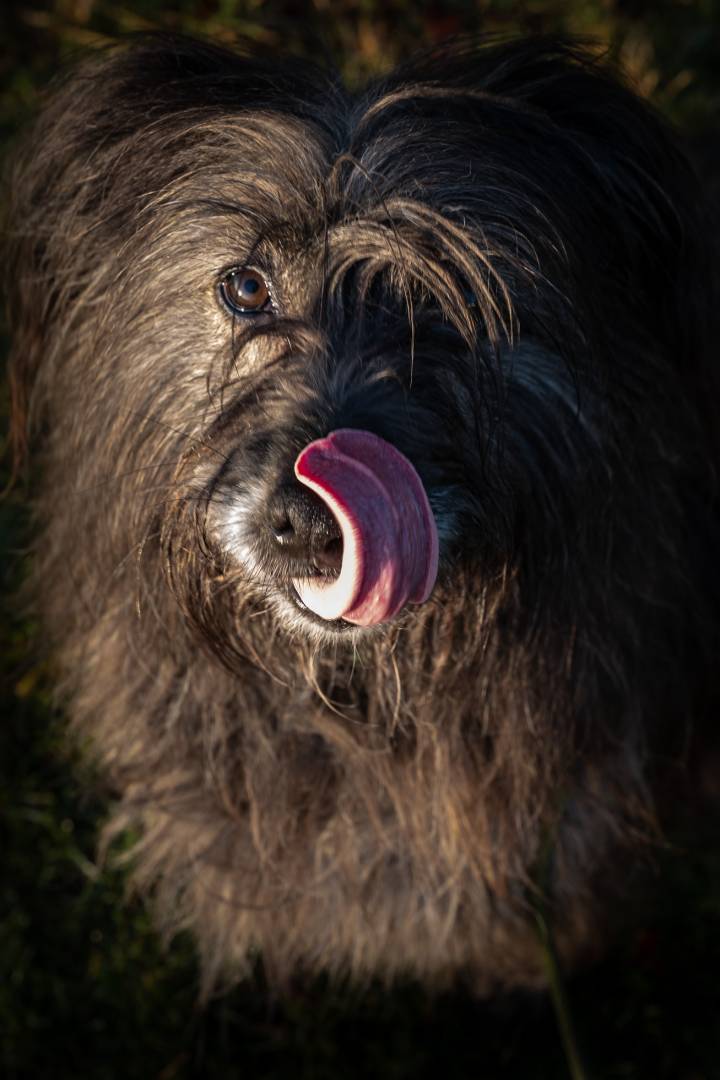
There were lots of long walks in the surrounding countryside and many celebration meals. Sadly the weather was less than photogenic, we had only one sunny afternoon, otherwise it was 3C and either misty or raining.
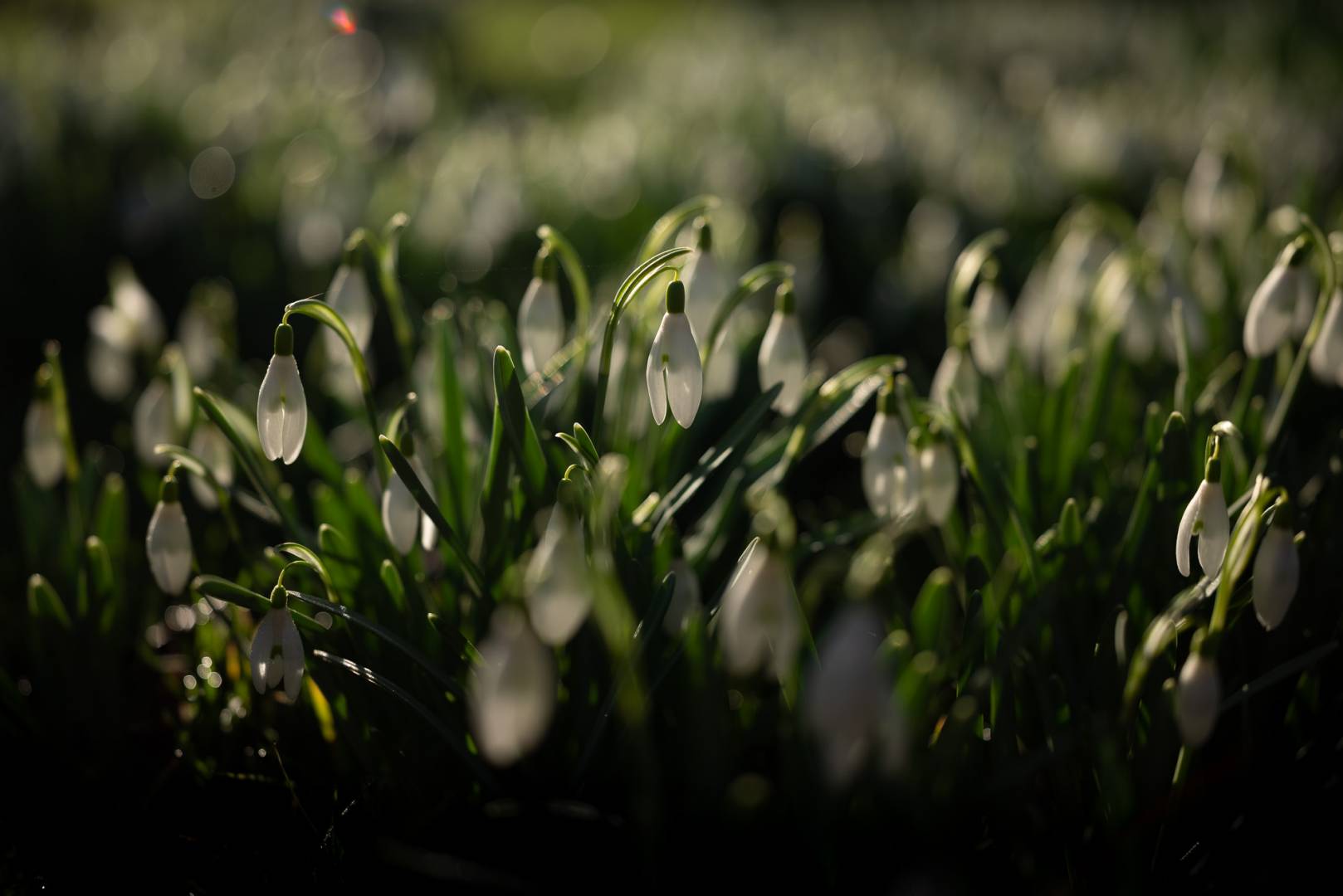
I used the 35 extensively, both in China and in the UK before and after the trip. I’ve used it on both the SL and the CL (where it works nicely as a very high-quality 50mm f/2).

The lens focuses quietly and quickly on both the SL and the CL, even in low-light situations. As with the other SL lenses you can manually tweak the focusing after half pressing the shutter to achieve auto focus.


Manual focusing itself is focus-by-wire, but it is very smooth and works well. For stills photography, I’m very fond of the ‘acceleration’ on the manual focus ring, although I hope that there will be a firmware option later on to allow you to make it linear (important for video shooters).

I’ve not seen any chromatic aberration on any images (and I’ve been shooting a lot into bright light). Some flare is sometimes evident when shooting straight into the sun, but it’s minimal and easy to handle.
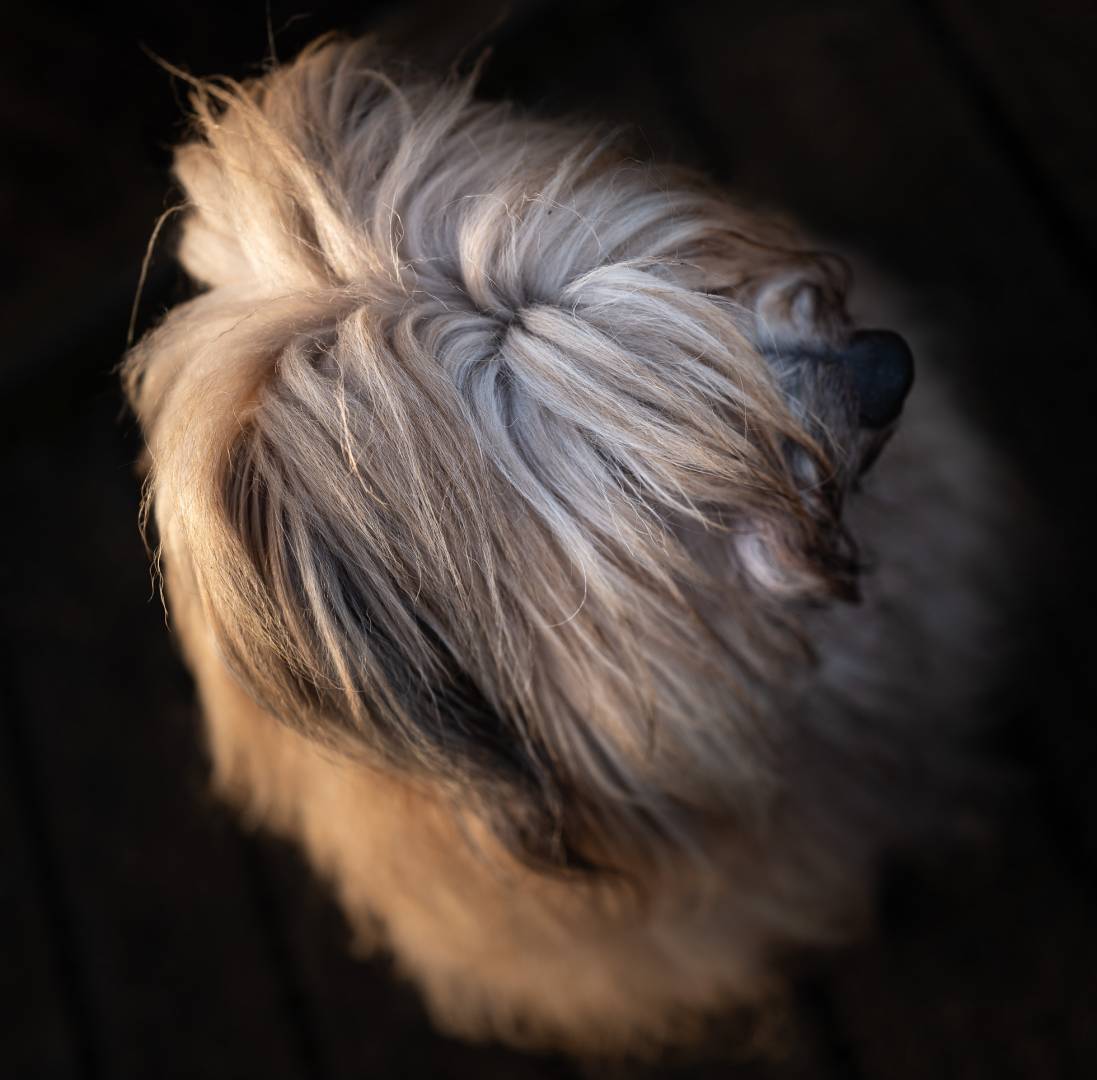
Image quality is exemplary. I did a series of tests at different apertures and distances and the lens seems to be perfectly sharp at all times, right to the corners. This is borne out by the amazing MTF charts for the lens. As Peter Karbe’s memorable T-Shirt has it ‘stop down for what’!

Theoretically the quality falls off a tiny bit at 0.5 metre and closer, but I was unable to detect it. The bokeh is creamy and soft, and seemingly never ‘nervous’ .

Price and Manufacturing
This is an expensive lens, and I suppose there will be many who complain that it’s only f/2, but having discussed this at length with Leica I understand that to get this sort of quality both the materials (primarily the glass) and the precision of manufacture, together with really stringent QA are absolutely paramount, and these things do not come cheap.



Conclusion
The 35 APO Summicron is a wonder of a lens with many virtues, and as far as I can see no vices. Fantastic for almost all situations, especially street, event and landscape it joins the other two SL summicron lenses as a tribute to Leica’s determination not to sacrifice anything for quality.

With the advent of the L-Mount Alliance, I’m certain that these lenses will be in demand for us on the Panasonic and Sigma cameras as well as on the Leica CL and SL. I can envisage a real shortage of supply, so get your order in soon before the Panasonic S1R guys realise how good it is!
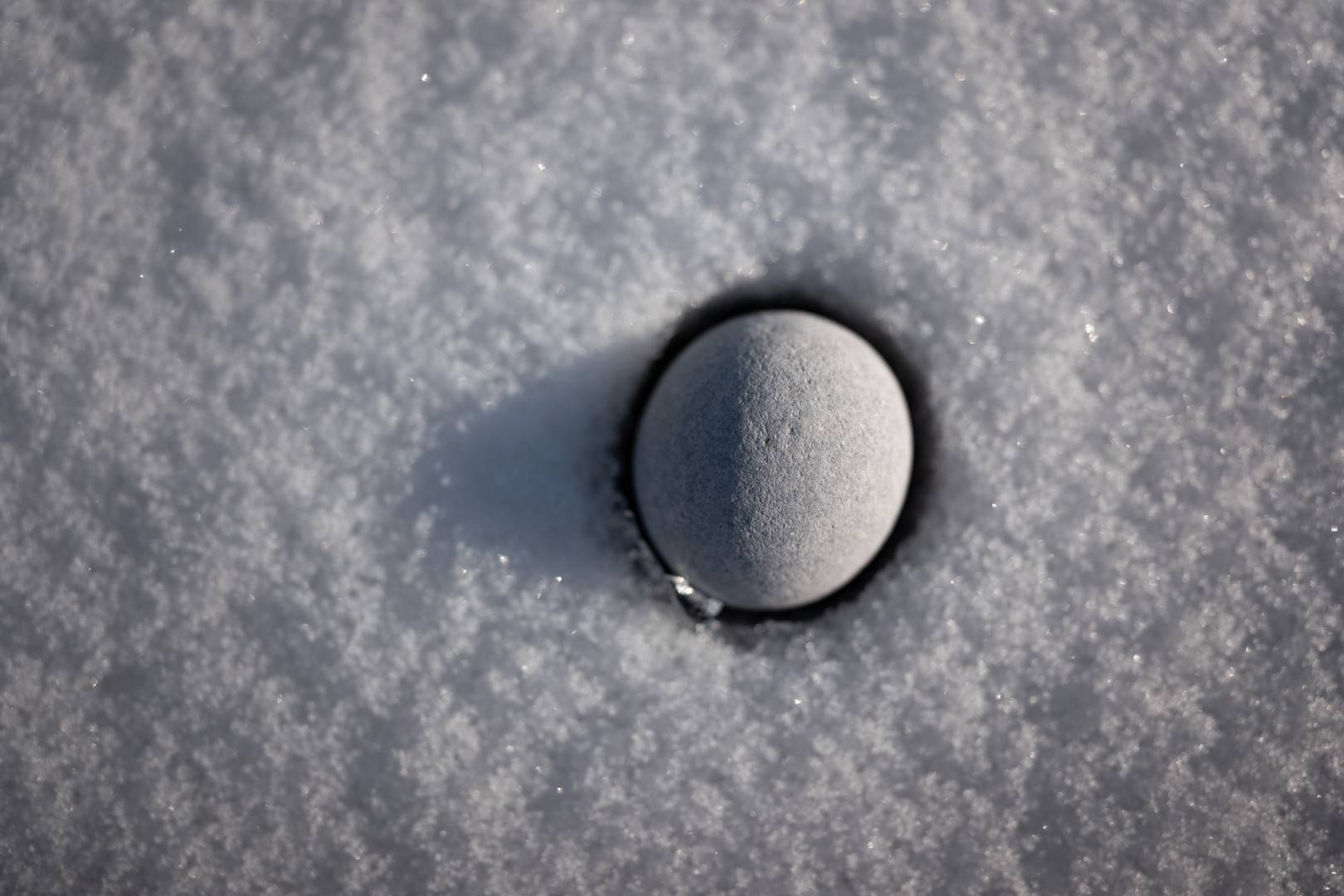








Really nice images to showcase the lens. I wonder if anyone will do a side-by-side comparison of this lens with a 35mm M lens or maybe the new Nikon Z 35mm 1.8. I’m very curious how evident the APO contrast falloff is compared to a non-APO modern lens.
I just sold my Nikon Z rig, which included the 35/1.8 for the Leica SL2 and 35/2 SL Summicron. Honestly, there is really no comparison. The Nikon is very nice. The Leica feels like you’re looking through an open window. Night and day, as it should be, for the price difference.
Well, I give you the joy of it, David. The SL2’s viewfinder is no longer the largest or brightest (I’m told) but it is indeed a wonderful tools. And that 35 ‘Cron is one of the world’s finest lenses. I definitely with I had one and, someday, I expect I will. Enjoy your Leica time.
Hi Jono, a very competent review! Love your images and the out of focus rendering is gorgeous. I wish these lenses were available when I purchased the SL. It is obvious that you love your gorgeous dog. Thanks for sharing.
Great pictures as usual, Jono. This lens shines and I’d love to add it to my bag, despite the price. This is a silly question, I know, but how would you compare the performance of this lens with that of the new Q2 and its built-in f/1.7 Summilux? I find it an interesting proposition in that the Q2 now offers greater resolution than the SL (for the moment) and the whole package is much smaller, lighter and just £350 more expensive than this 35mm Summicron on its own. I suspect the Q2 might be a more congenial travel camera. What do you think?